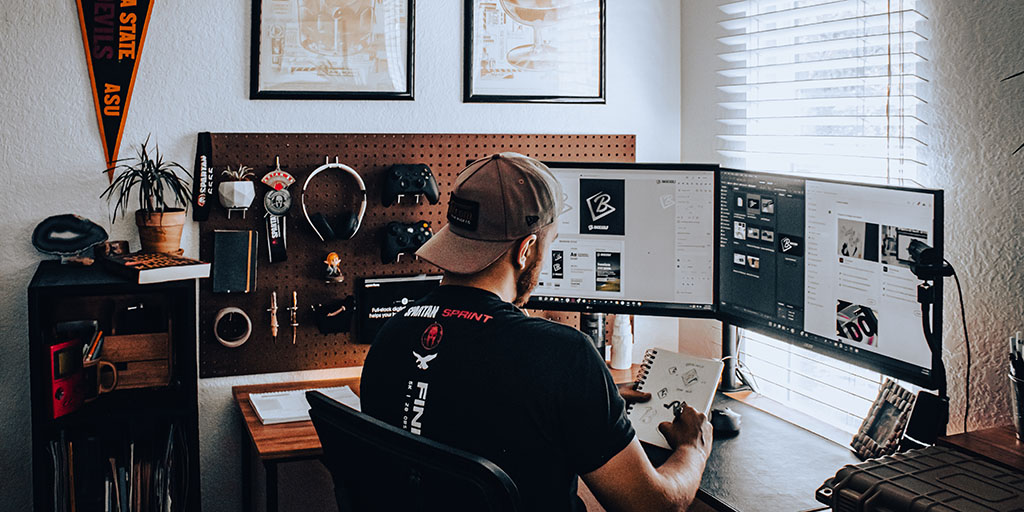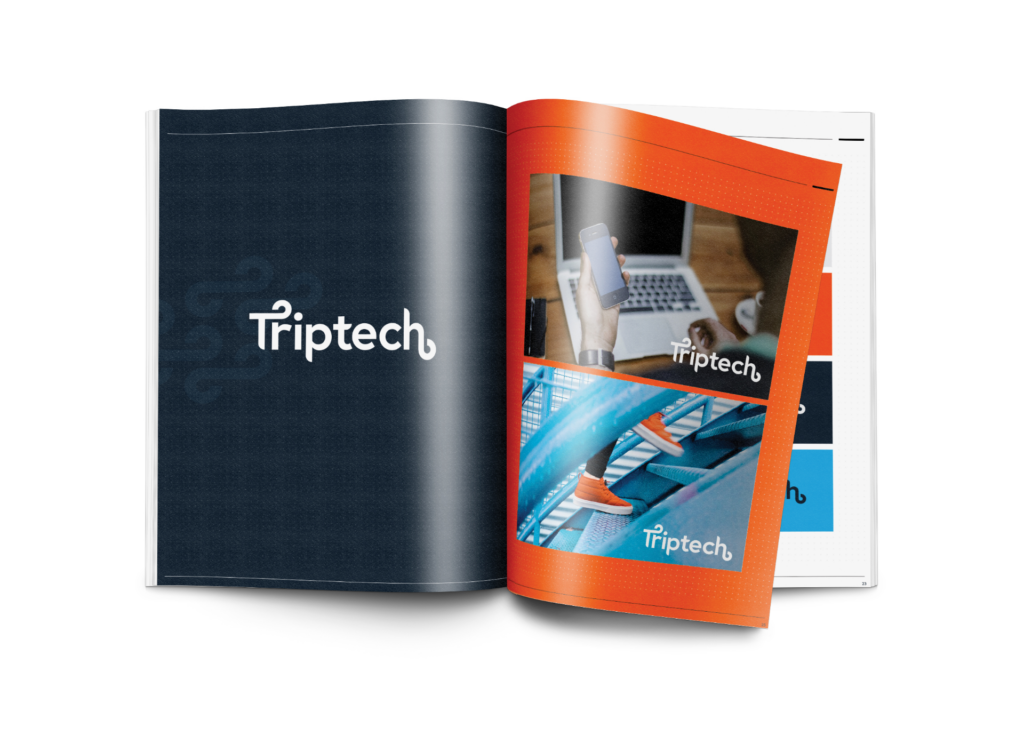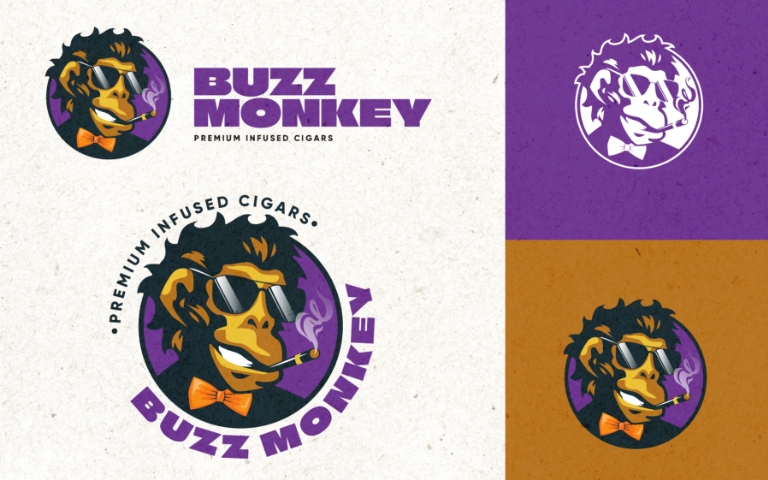By Hunter Wickersham, Creative Director
Logo design is evolving, and our processes as designers are evolving as well. In design school, we were taught to start a logo design by designing drafts of the logo itself—the brand came afterwards. But what if I told you that sequence of steps is counterintuitive to a successful logo design?
Here’s a typical logo design process:
- Creative Brief – A creative brief is a document used to outline the strategy of a creative project.
- Moodboard – A moodboard is an arrangement of pictures, colors, and different styles that could help you bring the idea in your head to life.
- Logo Concepts – These are first drafts of actual logo designs, usually about 3 different concepts to just get an idea of what the consumer likes and dislikes when it comes to design.
- Refined Logo – Based on feedback from the consumer, the designer refines the logo by taking the feedback given and improving the logo design.
- Brand elements and patterns.
- Print collateral (business cards, letterhead etc.). The finished logo is finally added to the brand’s communications, digital and print.
- Branding guide. A branding guide is a thorough guide going over every detail of how the brand should be used.
In my experience as a creative lead, however, it’s a mistake to put the logo design so close to the beginning of the process. Beginning with the logo is too early to fully understand the overall “brand” that the client is seeking. I start instead by experimenting with layouts, typography and graphic elements right after I create the creative brief and moodboard.

What is logo design?
Logo design is the centerpiece of your brand. It is the visual representation of your company, business or cause. A logo can be many things—a symbol, icon, wordmark or a combination.
Logos are relatively new, but the concept behind them is literally ancient. Humans have used symbols to convey identification, societal roles, occupations and rank since the beginning of recorded history, from flags and ancient family crests to hieroglyphs and religious symbols. Symbols were key modes of communication in societies without written languages, or where many languages were spoken, or only small percentages of the population were literate.
Logos became widespread when the printing press, newspapers and the Industrial Revolution fueled the need for merchants to distinguish their work from their competitors with easily recognizable symbols. The oldest trademarked logo is thought to be the Bass Ale triangle, created in 1876.
The logo, however, is not what people think of when asked how a company or organization makes them feel. What people actually feel is the “brand” surrounding the logo. The branding identity is what requires focus.
So perhaps a better question is, what is a branding identity? A brand or visual identity is the other 90 percent of what makes a logo design actually work. You can have a mediocre logo design, but an excellent brand identity surrounding it will truly make it stand out. And without a focus on branding, even an exceptional logo design will fall by the wayside.

Why branding matters
Branding is what people associate with you. People develop a feeling or understanding of whether they choose to work with you or check out your products and services. A Capgemini study found that consumers’ emotions play a critical role in determining which brands they are loyal to, and branding can be the deciding factor in that emotional response.
As Creative Director, I’ve shifted the focus to designing a “brand” instead of just a logo. When presenting logos to clients, it’s more difficult for them to decide what they want, because they’re seeing the logo in a vacuum. Like all of us, they are people with emotions, and they will only truly fall in love with a brand, not a logo. I now start clients who want a new logo design with a process that centers the branding.
So what is the right logo design process?
The logo design process my team and I have moved towards:
- Creative Brief
- Moodboard
- Brand elements and patterns
- Layouts and typography
- Print collateral (business cards, letterhead etc.)
- Logo Concepts
- Refined logo and collateral
- Branding guide
This revised process not only helps us as designers, but helps the clients understand and approve revisions more easily, as they are able to understand the process better. Most importantly, they are able to develop an emotional connection with the brand.


“This company is second to none! Their positive attitudes and ability to help people is amazing. Can’t send enough thanks to this business!”
Eli Swope, Founder, Buzz Monkey
Interested in working with our team on crafting your own logo branding identity? Reach out today and let’s get started.
